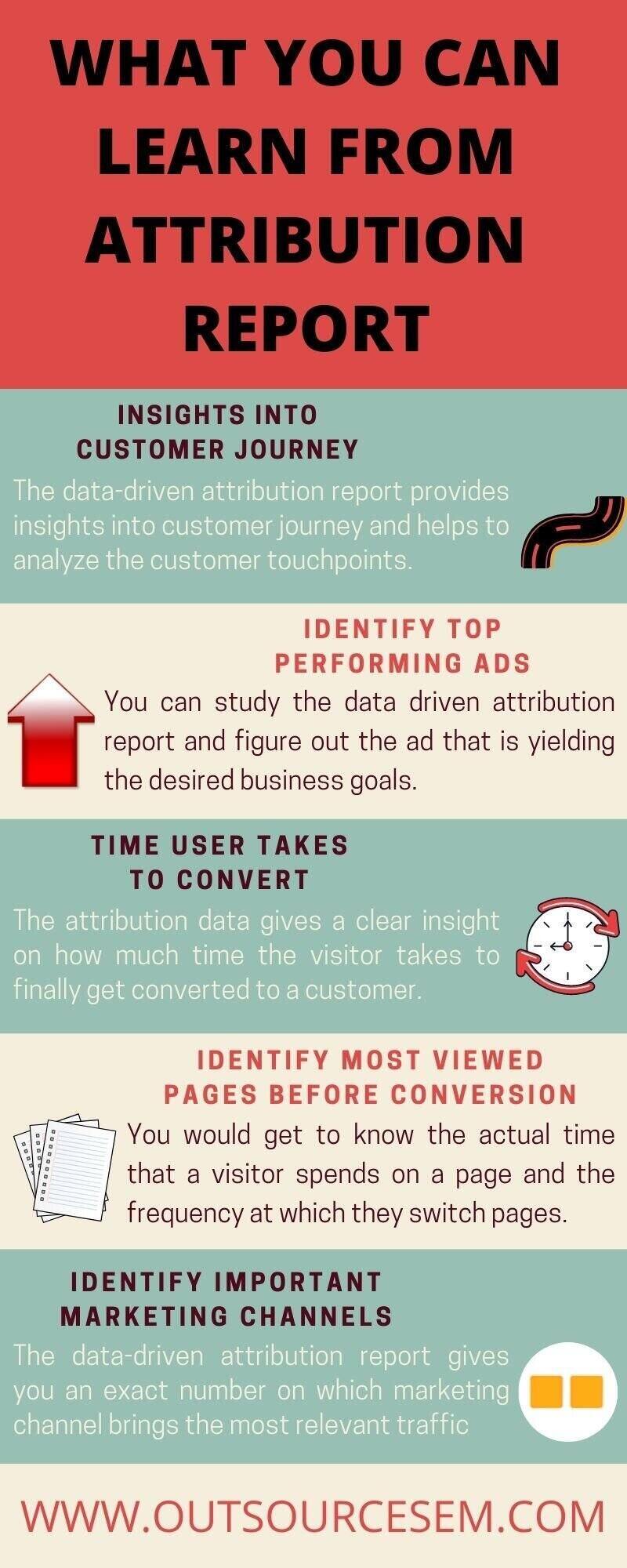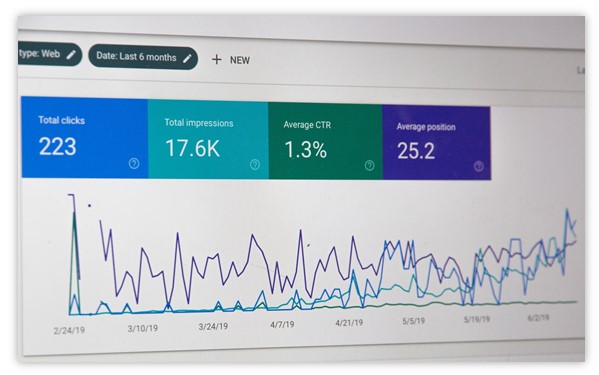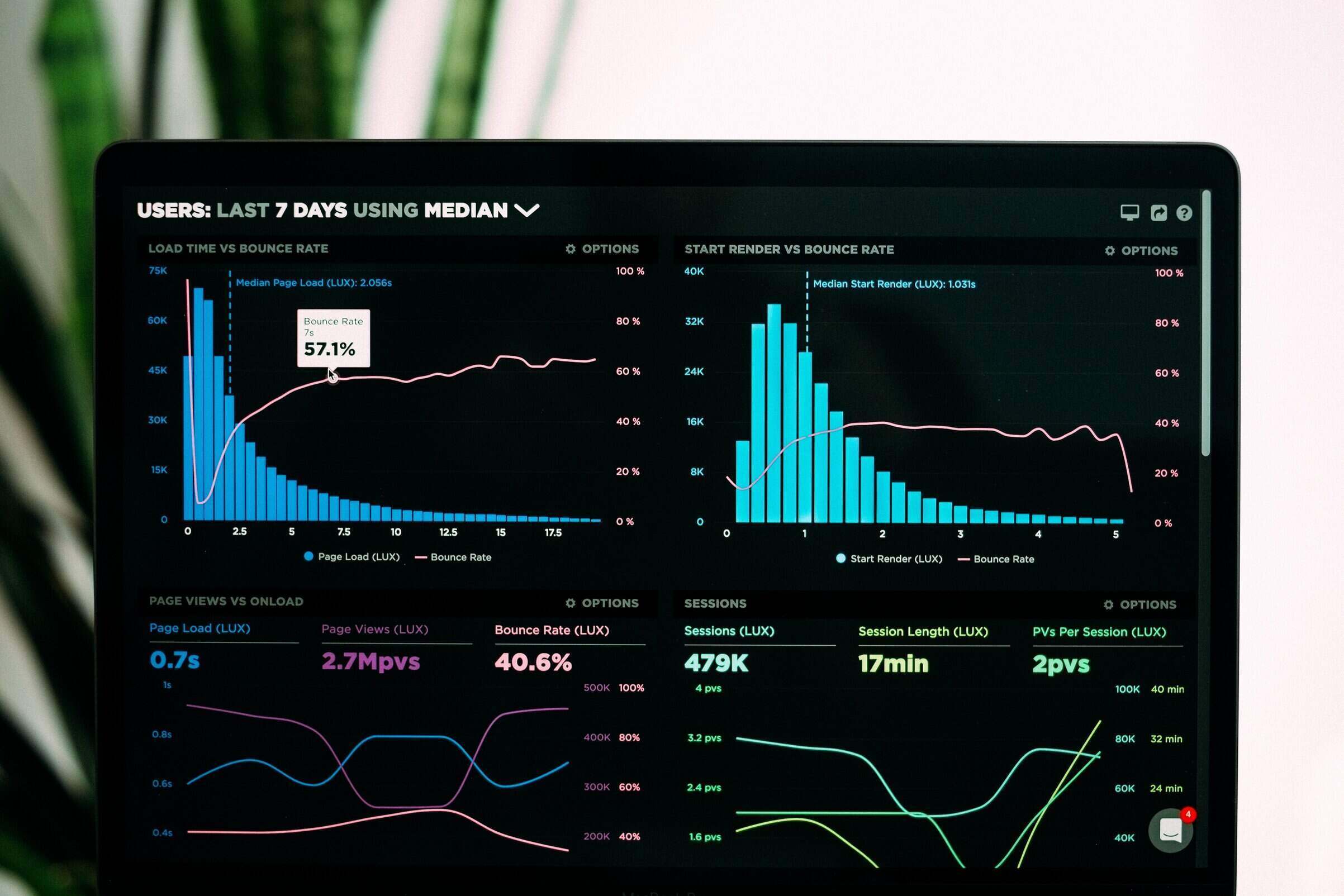With intense competition in the digital marketing world, you need to have a complete report of how your ad campaigns are performing. Working on an attribution report, you can figure out how the customers navigate through different sections on your landing page, how much time they take to buy a product or service, etc. Attribution report aims to analyze the customer touchpoint and channels they use in their journey before they connect with your business. To take the benefit of multi-channel marketing, it’s now time that you consider using attribution reports to make well-informed marketing decisions to achieve desired business goals.
What is attribution report?
An attribution report helps to understand the journey a user follows to reach your landing page and the time they take to become a customer. So, with Google Analytics attribution, you are basically tracking the conversion path that made the visitor finally convert. After the conversion tracking is done, you need to identify where your leads are coming from, get insights into consumer behavior on the landing page and more. To increase ROI for your ad campaign, you need to understand what channels and campaigns drive visitors to your landing page and what influences them to buy a product or service finally.
The attribution report helps you pinpoint what marketing efforts are helping improve impression, lead generation, and increasing sales. With various types of attribution models in Google Analytics, you need to choose the model type that you want to prepare a report. Google Analytics attribution model describes various methods marketers use to break up and assign conversion credits to different channels (in case users take multiple website visits, via multiple channels) to arrive at the conversion behavior.
The attribution report you are willing to prepare depends on the type of marketing attribution model you wish to run. The attribution report helps you understand how the ad groups are performing and identify the relevant keywords that bring traffic to your landing page. The data-driven attribution report shows which PPC metrics are to be worked on to improve the performance of PPC ads. With this attribution data, you can make better-informed decisions about investing your time to have a better Google ads ROI.
What you can learn from attribution report?
Today's digital world has a lot of complexities as there is immense competition for every product or service available online. So, you need to have real-time data on how your PPC ads are performing. The attribution report shows how many conversion events are driven by an ad campaign and ad network. There will be different credit given to different marketing touchpoints for sales and conversions in the conversion path. Touchpoints are the interaction between your business and customer that occur during the customer's buying journey. The attribution report helps you analyze the ad budget, identify high traffic keywords, improve the click-through rate, etc., which enhances the performance of your ad campaign. The attribution report would help you to understand the following points:

• Insights into customer journey – There could be multiple touchpoints before the user finally makes a purchase. The data-driven attribution report provides insights into the customer journey and helps to analyze the customer touchpoints. The attribution report provides complete insight from where the customers are reaching your landing page. It can be from emails, social media platforms, etc. The customers can get to your landing page through any device like mobile, desktop, etc. So you need to have an app for mobile devices and work on mobile-first indexing to boost your ad rank in the Google search results.
Understanding the customer journey, you can focus on the target platforms that increase traffic on your landing page. On a bigger picture, you can even perform remarketing to figure out the customers that reach your homepage but do not convert. The data-driven attribution report gives a clear insight into minute aspects of the user’s intent about which section or sub-section is visited the most, specific timing that drives traffic, etc. You can take the necessary steps on where to spend the money to optimize the campaign performance.

• Identify top performing ads – Many a time, you may have more than one PPC ad running at the same time. There are very high chances that one ad would be generating more leads than the other. To save your ad budget from getting wasted, you can study the data-driven attribution report and figure out the ad that is yielding the desired business goals. You can even perform a/b testing to figure out which version of your ad campaign drives more conversion.
When analyzing the top-performing ads, you need to be very sure about what you wish to accomplish from your ad campaigns. You need to focus on the point that whatever your target goal maybe but, the cost to achieve the goal is not very high. Not every time you need to have a high advertising amount, but with an appropriate PPC strategy, you can take the best advantage with a small PPC budget. After identifying the best ads, you can focus on improving them by optimizing images, ad placement, adding strong CTAs, etc.
• Time user takes to convert – With the attribution data, you will have a clear insight into how much time the visitor takes to get converted to a customer. Working out the amount of time visitors take to complete the buying journey can come in handy in refining your PPC marketing strategy and reduce the duration the next time they click on your ad. Google Analytics attribution will give you a clear insight on what steps the visitor take on their way to make a purchase. For instance, say they may click on the ad and then, after reaching the landing page, navigate through different sections, scroll through various images, spend time on reading FAQs, etc.
The data-driven attribution report would help you to know about the time lag and analyze the potential areas for improvement. Knowing the time elapsed would allow you to understand the user intent and the content they look at before moving down the marketing funnel. So, to reduce the time taken by the visitor to buy the product, you need to improve the Google Ads relevance, increase brand awareness and many other points.

• Identify most viewed pages before conversion – The attribution model helps to analyze the most viewed pages that a user navigates through before they end up buying the product or availing of your services. Blog posts, landing pages, discount offers, product listings, etc., have a major role to play in driving conversions, but other pages can also help you to turn leads into customers. At times if your brand is not recognized, visitors would first wish to know about what are the type of services that you offer. They may consider visiting your ‘about us’ and ‘contact us’ page before taking any further steps. With a data-driven attribution report, you would get to know the actual time that a visitor spends on a page and the frequency at which they switch pages. The different pages may be the home page, article pages, product description pages (images and videos), etc. With Google Analytics attribution, the user flow report takes navigation path analysis to the next level by visualizing the different pages that the user navigates through your content. You need to increase the trust of customers so that the next time when they find any product related to the search query, they trust your services and take less time to make a purchase. You even need to optimize page speed for mobile devices so that the user can make a purchase 24/7.

• Identify important marketing channels - The users may find your business online via an ad, through promotional content, social media marketing platforms, email marketing, content marketing, etc. The list can be long, but a data-driven attribution report gives you an exact number on which marketing channel brings the most relevant traffic and drives revenue for your business. With this attribution data, you can figure out the most important marketing channels for your business and optimize your ad campaign on these platforms, write engaging content, etc. to have the maximum chances of the potential customer to get in touch with your business and increase revenue. Attribution data tells you about the various paths users take before converting and would help you analyze what type of ads they click most to reach your landing page like display ads, video ads, etc. E.g. you may notice from attribution data that social media advertising is generating a huge number of leads compared to email marketing and work on writing engaging content that the user finds most appealing.

Benefits/Importance of attribution model
With fierce competition in the digital marketing world, users reach different landing pages before they ensure that the products or services they are buying are adequate and cost-effective. Working on a data-driven attribution report, you would be able to have a complete insight of how your PPC ads are performing, dig deeper to have a much clearer perspective about your customers’ journey and learn a lot about optimizing keywords that drive the relevant traffic. The benefits of data-driven attribution are:
• Identify top performing keywords – A positive ROI is the main target when you start using PPC ads, as you have to pay an amount to the search engine every time your ad is clicked. The top-performing keywords for your ad campaign are the ones that have a high conversion rate and has cost per acquisition lower than your target CPA. You can add negative keywords in your PPC ads strategy to prevent your ads from appearing to irrelevant users so that your ad budget does not get wasted. The attribution model would help you analyze the high-traffic keywords for your business and then take the necessary steps to optimize them. If you are launching a new product or service, then you can conduct keyword research in the keyword planner tool and choose the best performing keywords that increase sales and revenue for your business.

• Optimize budget – For any PPC ad, budget is the top priority. When you start working on Google Ads you first decide a specified budget you wish to spend on paid advertising. The Google Analytics attribution helps to know the amount spent on every ad campaign. You need to have a clear idea about how much is being spent on each of your ad campaign. Every ad campaign has a different conversion rate and you need to figure out the best performing campaign for your business. Once you know the performing ads, you can then work on optimizing the bid amount for the specified ad group. You can work on bid adjustment and focus on the point that your ads appear to a specific set of people, for specific location, etc. and thus save time and money for your business.

• Study your data – Attribution models have a data-driven report which provides a clear insight into how your ad campaigns are performing. With the data report, you can review and analyze your ad performance stats and then use it to your advantage to create future campaign goals. You can work on a bid strategy to reach the target audience with very high chances of conversion. The data analysis provides a clear picture of what necessary steps need to be taken like determining customer personas, working on YouTube Ads, Facebook Ads, LinkedIn Ads, etc. The data-driven attribution helps you work on KPIs like acquisition rate, cost per acquisition, etc., and increase ROI in future campaigns.

Round off
Data-driven attribution would be a true game-changer to improve the performance of Google ads and convert the visitors into customers. Attribution data works like the eye for your business as it gives you a crystal-clear idea of what’s working and what’s not for your ad campaign. It will help you analyze why PPC ads are important in the digital marketing strategy and how you can attract new customers. The attribution report allows you to have clarity on what channels are driving conversions and you can decide where to spend your ad budget. Having discussed what you can learn from attribution reports, you can work on video ads, search ads, mobile ads, keyword research, etc., that increases revenue for your business. If you still find the process difficult, you can outsource attribution report services to a digital marketing company that has expertise in market research, competition analysis and white label reports to scale ROI for your business.
References:
• What is marketing attribution & how do you report on it?
• How to pick the right analytics attribution model when there’s no right answer
